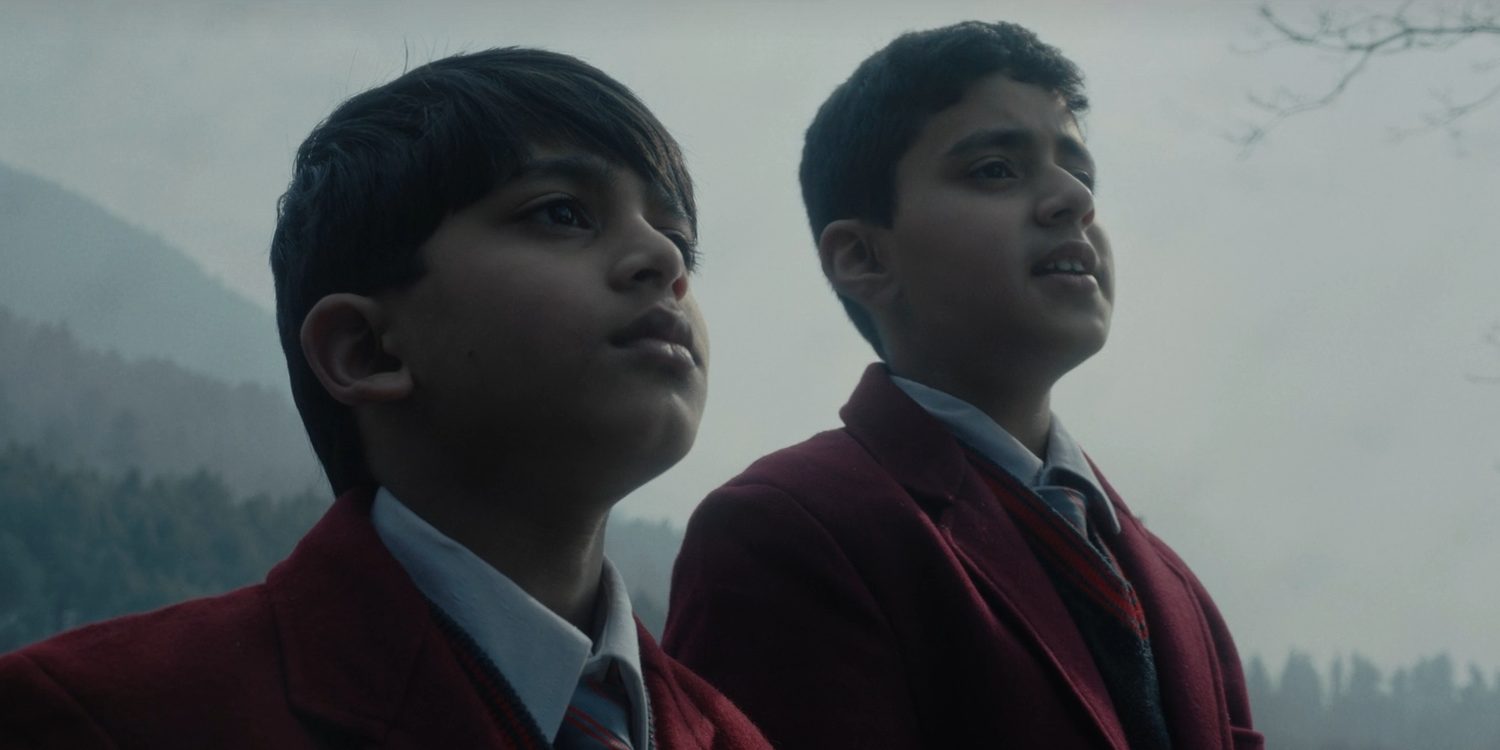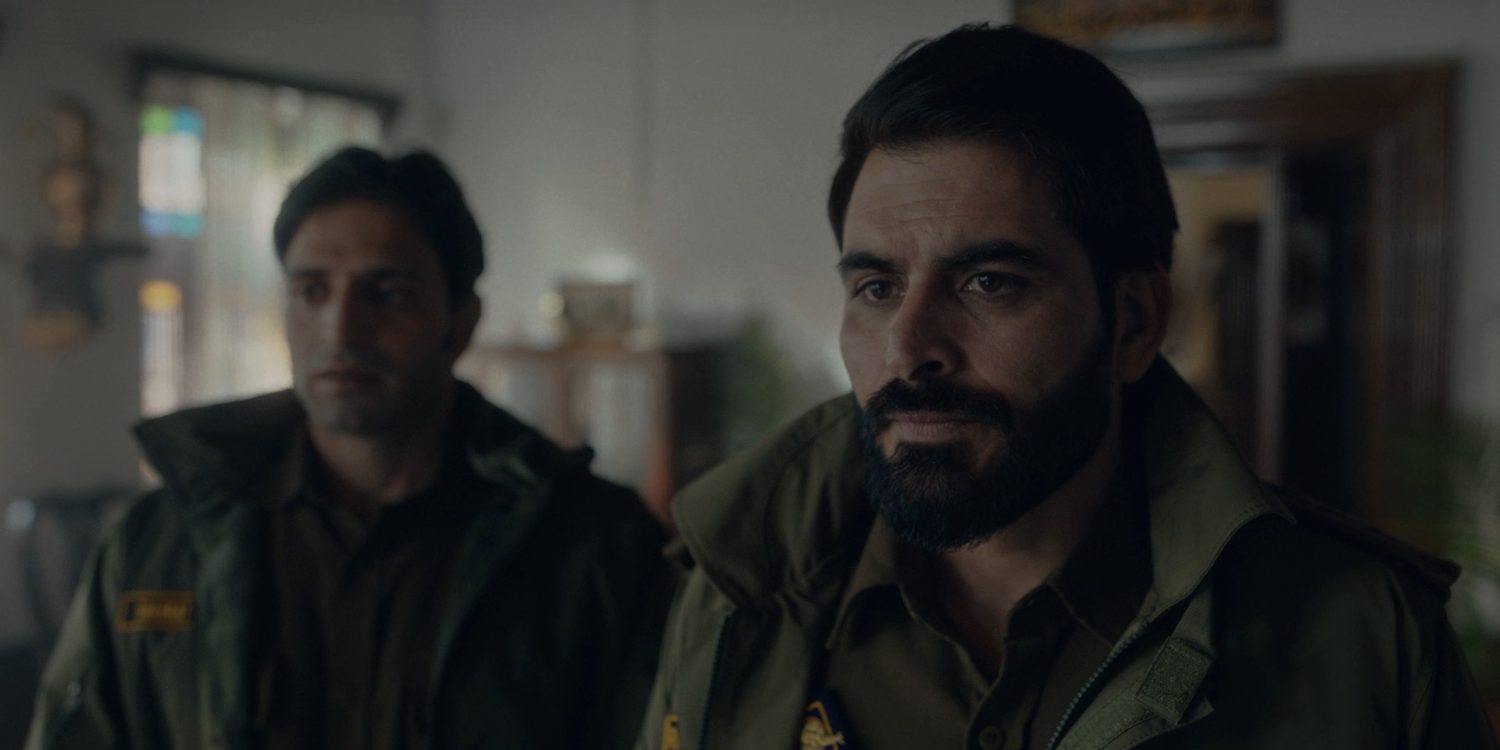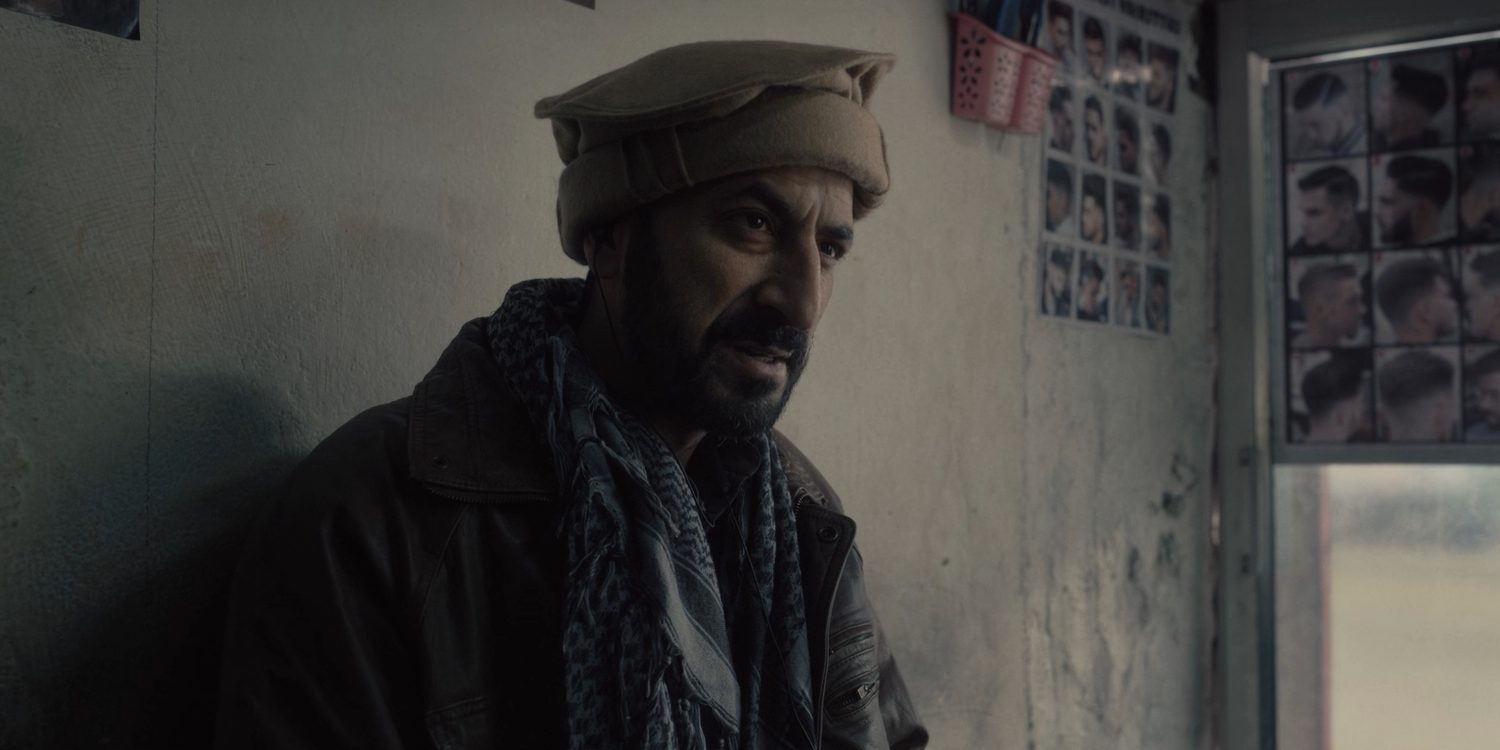Netflix’s ‘Baramulla,’ set in the snowy region of Kashmir’s Baramulla, is the story of missing children, tragedies, and secrets. Directed by Aditya Suhas Jambhale, it chronicles the struggles in the life of a police officer named DSP Ridwaan Sayyed, who is entrusted with the case of the sudden disappearances of kids in the valley, as the children vanish without a trace, chaos and fear set in the community, which desperately looks for answers. With no ransom calls or clues, the police find themselves challenged by mysteries that seem deeply rooted.
As Ridwaan investigates the case further, he comes across disturbing truths. Unexpectedly, supernatural happenings put his own family in danger, which ups the stakes for the cop. The horror-thriller film chronicles the changing scenario in the region as families and lives descend into a troubling situation. The tense narrative poignantly explores themes of secrecy, deception, childhood, and familial grief, while also captivating viewers with haunting visuals of the region’s beauty.
Baramulla is a Fictional Tale of Trauma and Grief
Written by the aforementioned director, Monal Thaakar, and Aditya Dhar, ‘Baramulla’ is a deep dive into the grief of missing children. The story looks at the emotional cost of children disappearing without a trace. As the cops find it difficult to get to the truth, families of the missing children struggle to cope with the uncertain fates of their loved ones. The film is spiritually connected to movies like Zach Cregger’s ‘Weapons,’ where a community deals with the inexplicable vanishing of kids. Although ‘Baramulla’ is a fictional story, it reflects the reality of tragedy and trauma.

In an interview with DNA India, the director Aditya Suhas Jambhale spoke about the origins of the film’s story. He said, “Baramulla came to me as a story with layers — not just horror for the sake of scares, but horror that reflects human trauma and emotion. I’ve always believed that the most effective horror stories come from real emotions, and Baramulla offered exactly that.” The narrative is a nuanced take on the realities of trauma and the way in which people handle it. Though the characters are fictional, they represent real human emotions. The film attempts to tell a grounded story that reflects social reality.
Speaking to CNN-News18, Manav Kaul, who portrays DSP Ridwaan Sayyed in the film, talked about the complexity of the film. He opined, “The way Aditya weaved the story and all the characters, they’re not one-dimensional. Everyone has their own layers.” He added, “Every scene demanded something from us — emotionally and psychologically.” The fictional narrative examines real human emotions, while also dealing with supernatural themes. The visuals, the setting, and the characters add to the tension in the narrative, where secrets are buried deep. The narrative also shows how trauma and grief can manifest in different ways. Ultimately, ‘Baramulla’ seeks to entertain the viewers, while also exploring complex human realities.
The Narrative Offers Commentary on the Mystery of Kashmir
Kashmir is a geopolitically complex region that has been in the midst of bilateral disagreements for nearly eight decades. Representation of the region in visual media like films and TV shows comes with its own set of challenges. The sensitivity of Kashmir’s politics, society, and issues has been subject to debates and discussions at the global level. ‘Baramulla,’ despite being a horror-thriller film, twists the genre in a unique way and presents a different perspective on Kashmir. In an interview with Firstpost, Aditya Suhas Jambhale spoke about his responsibilities as the director of the film. He opined, “The idea always starts with the story and so does the prep and the idea was to see Kashmir in a very different light.”

The story blends elements of different genres and attempts to provide viewers with a new kind of film. Actor Manav Kaul weighed in on his perspectives on the story. He said, “When I got the script, because I was born in Baramullah, Aditya was the one who was the writer. I wondered how a non-Kashmiri wrote a film about Kashmir. I was pleasantly surprised when I read the script. There are a lot of actors who are from Kashmir. I was completely inside his unique eye and I realized he knows Kashmir.” The film utilizes the talents of local actors while providing a fresh perspective on the reality of Kashmir.
The lead actor’s personal connection to the region and its realities presumably helped him to get into the sensitivities of the ideas in the film on a greater level. In another interview, the director of the film said that he wanted to use the duality of divinity and disturbance in Kashmir as part of the film. He also said that the region of Baramula in Kashmir represents more than geography, but also the realities of the people stuck between peace and chaos. In conclusion, ‘Baramulla’ attempts to give the viewers a nuanced and fresh take on the realities of Kashmir.
A Look at the Other Sources of Inspiration Behind the Film
‘Baramulla’ is a tale of chaos and secrets, which keeps the viewers engaged with its pulsating narrative and complex characters. It is a film that is set in Kashmir but also takes inspiration from other sources. Speaking to India Today, Lokesh Dhar, the producer of the film, stated that the film is deeply influenced by India’s folklore and culture. He opined that Indian folklore and mythology have not been explored to the fullest extent in Indian films. He expressed, “One of India’s biggest films this year, ‘Kantara’, delved into a similar space. We have such a vast treasure of myths and folklore; it’s really up to the storytellers to bring those to life. With ‘Baramulla’, we’ve tried to do that honestly, and I hope more filmmakers take inspiration to showcase the richness of India’s stories and traditions.”

The grounded nature of the narrative and its deep connection to the folk traditions and stories of India bring it closer to reality. The story looks beyond the traditional limitations of horror and tries to create a unique, original, and authentic visual experience. Aditya Suhas Jambhale spoke about visual experiences like ‘Hereditary,’ ‘The Witch,’ and ‘The Haunting of Hill House,’ and how they inspired him. He stated that the aforementioned works are slow-burning horrors that trust the intelligence of the viewers. Despite being inspired by these works, he wanted to create a unique and Indian experience through the film. In conclusion, ‘Baramulla’ is a unique visual experience that draws inspiration from multiple sources and cultures, but also stays grounded in its portrayal of sensitive social realities.
Read More: Is Bugonia Based on a True Story?


You must be logged in to post a comment.